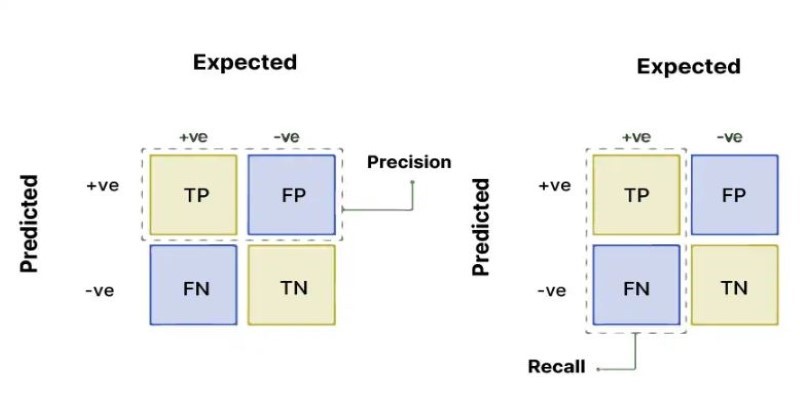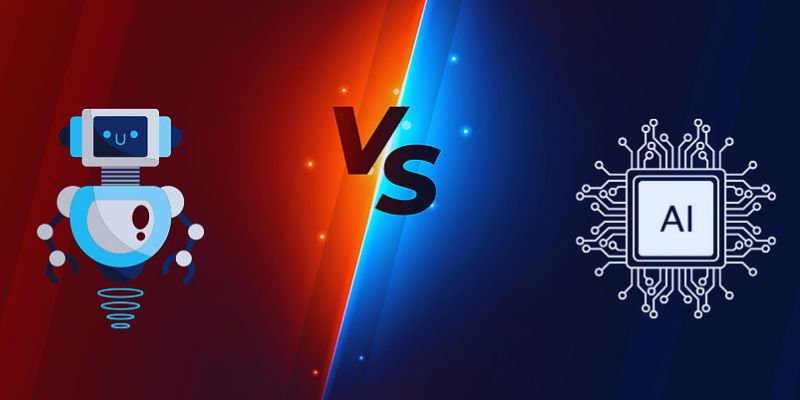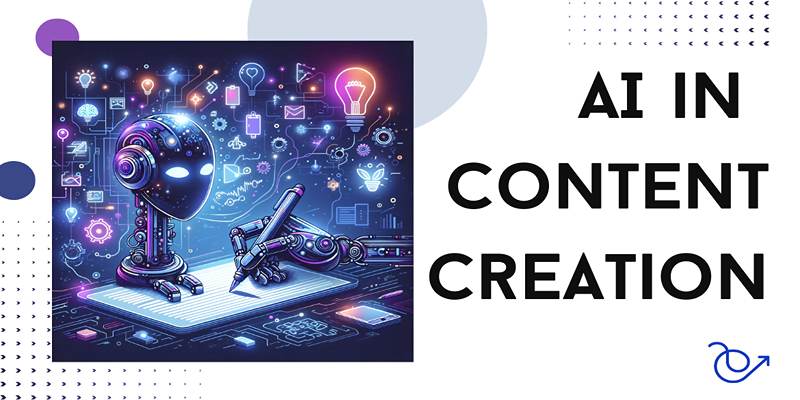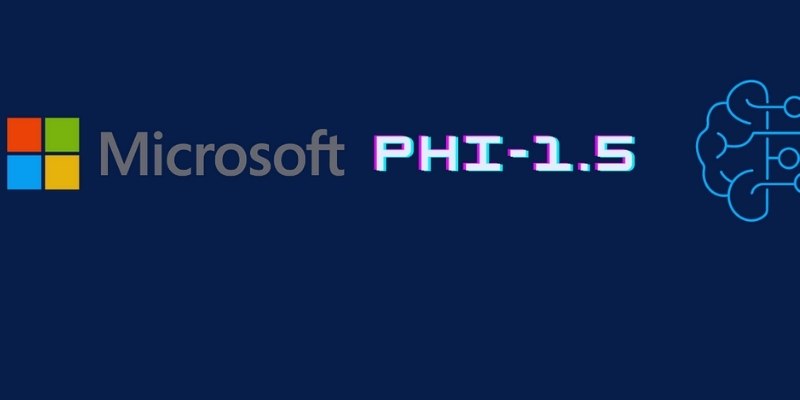Comprising 1.3 billion parameters, Microsoft's Phi-1.5 is a small but strong language model. It is efficient and effective, even small, as it performs well. Phi-1.5 offers intelligent solutions with fewer resources than big artificial intelligence models, needing massive data and computational capability. Designed to improve English comprehension, this approach helps with content creation and response.
Small models like Phi-1.5 are becoming increasingly popular because of their speed and economy of cost. Their unique architecture and training approaches set them apart. This guide examines Microsoft's Phi-1.5 in great detail and covers its characteristics, performance, and uses. We will also discuss the relevance of small artificial intelligence models in today's technological scene and contrast them with other models.
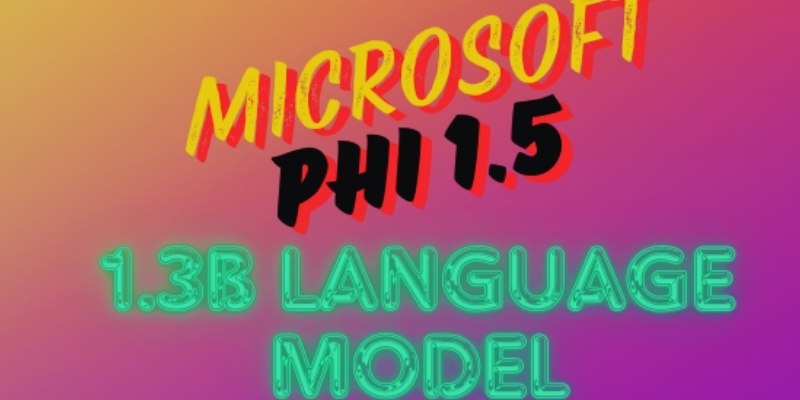
What Is Microsoft’s Phi-1.5?
Comprising 1.3 billion parameters, Phi-1.5 is a small language model. Microsoft intended it to be light yet strong and effective for many kinds of work. It is perfect for devices with minimal resources, as, unlike bigger models, it does not need great computer capability. Phi-1.5 does rather well in language-related activities despite its modest scale. It can help with coding, text generation, and content summarization. High-quality data was used to train the model, guaranteeing dependability and correctness.
Microsoft improved its efficiency to improve responsiveness and usability. Phi-1.5 has one main benefit in speed. For users needing quick replies, its small shape lets it handle data rapidly. Its reduced computing needs also help to cut running expenses. Little yet effective models like Phi-1.5 are becoming increasingly valuable as artificial intelligence technology develops since they provide workable solutions without requiring too many resources.
Features of phi-1.5
Microsoft's phi-1.5 is unique in numerous respects. These consist of:
- Efficient Performance: Strong performance from Phi-1.5 despite just 1.3 billion parameters is obtained. Its best design makes it quite efficient since it lets it use fewer resources and perform effectively in several language-related chores.
- Lower Computing Requirements: Phi-1.5 runs effectively on less powerful devices than more massive artificial intelligence models that demand substantial processing capability. It qualifies for uses where restricted computer capacity will help lower running costs through operations.
- Fast Response Time: Phi-1.5 quickly absorbs data because of its small size. Its smaller scale makes it perfect for real-time applications needing quick answers since it allows faster execution. Faster processing raises system performance and general user experience.
- Better Optimization: Microsoft created the model to guarantee greater accuracy and efficiency by including an upgraded training procedure. This enhancement improves its ability to grasp, create, and polish excellent language across several use environments.
- Versatile Applications: Phi-1.5 finds application in coding, summarizing, and writing. Its flexibility makes it helpful in many sectors, including technology, business, and education, offering efficient answers for different language-related chores.
How Does Phi-1.5 Compare to Other Models?
Gigabytes of parameters define large language models such as GPT-4. They demand a lot of resources yet offer thorough and sophisticated answers. Though significantly smaller, Phi-1.5 produces quite remarkable effects.
Compared to bigger models, phi-1.5 is:
- Faster: Phi-1.5's lower scale causes it to analyze text fast. It can respond quickly, unlike more powerful models that require significant computational capability. That makes it quite successful for real-time applications when speed is crucial. Faster processing guarantees a flawless user experience and raises AI-driven work efficiency.
- More Affordable: Phi-1.5 greatly lowers running expenses since it requires less computational capability. It's a cheap way for artificial intelligence applications since companies may use it without spending on pricey hardware. Lower computational needs also imply lower energy use, thereby increasing sustainability.
- Easier to Deploy: Phi-1.5 performs admissibly on devices with low resources. Its small weight makes seamless integration into many platforms—from cloud-based systems to mobile devices—possible. This adaptability makes it perfect for companies and developers wishing to apply artificial intelligence technologies without depending on expensive infrastructure, guaranteeing wide access.
Applications of Microsoft’s phi-1.5
Phi-1.5 has applications in many disciplines. Among its uses are some related to:
- Chatbots and Virtual Assistants: Phi-1.5 can run customer care and automation artificial intelligence chatbots. Companies can include it in their systems to offer fast reactions, enhancing user experience and efficiency. It guarantees better interactions and lessens the necessity of human involvement.
- Content Generation: The model facilitates the fast generation of reports, summaries, and articles. Companies, writers, and researchers may use it to produce excellent materials, saving time and effort during the writing process.
- Education and Learning: Phi-1.5 explains and replies for pupils' benefit. It explains ideas, helps with assignments, and makes a great study partner. Its artificial intelligence-driven observations sharpen knowledge and boost educational opportunities.
- Coding Assistance: Phi-1.5 lets developers write and debug code. It improves output by providing recommendations, error detection, and job automation of repetitious work. It accelerates growth and increases effectiveness.
- Business Automation: By helping to automate basic chores, the model saves time and effort. Through AI-driven automation, organizations can simplify processes, lower manual labor, and increase operational efficiency, augmenting general business productivity.
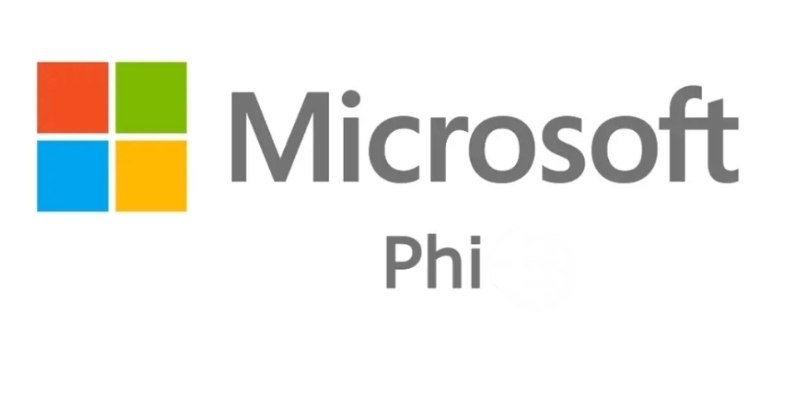
The Importance of Small Language Models
Phi-1.5 and other little language models are becoming increasingly popular since they offer clever answers without requiring large resources. Small models are more accessible and efficient than big artificial intelligence systems, which require great computational capacity. Running a small model is less expensive than preserving a large-scale artificial intelligence system, so one significant benefit is reduced expenses. AI is, therefore, more reasonably priced for companies and people.
Improved accessibility guarantees more people can utilize artificial intelligence without costly technology, facilitating greater acceptance in many sectors. Faster processing is another advantage since compact models produce results quickly, thus enhancing efficiency in many fields. They also encourage energy efficiency, consuming less power, and increasing sustainability. Small models will be more important in practical uses as artificial intelligence develops.
Conclusion:
With 1.3 billion parameters, Microsoft's Phi-1.5 is a powerful tiny language model. It is perfect for companies, developers, and academics looking for effective artificial intelligence solutions since it provides great performance utilizing fewer resources. Phi-1.5 is speedier and more reasonably priced than big models. It offers chatbots, content creation, coding help, and corporate automation, among other uses. Its effectiveness makes artificial intelligence more reachable to a larger population without requiring costly hardware. Small language models provide sophisticated ideas at reduced prices, reflecting artificial intelligence's direction. Microsoft's Phi-1.5 shows how practical and potent small models can be.
